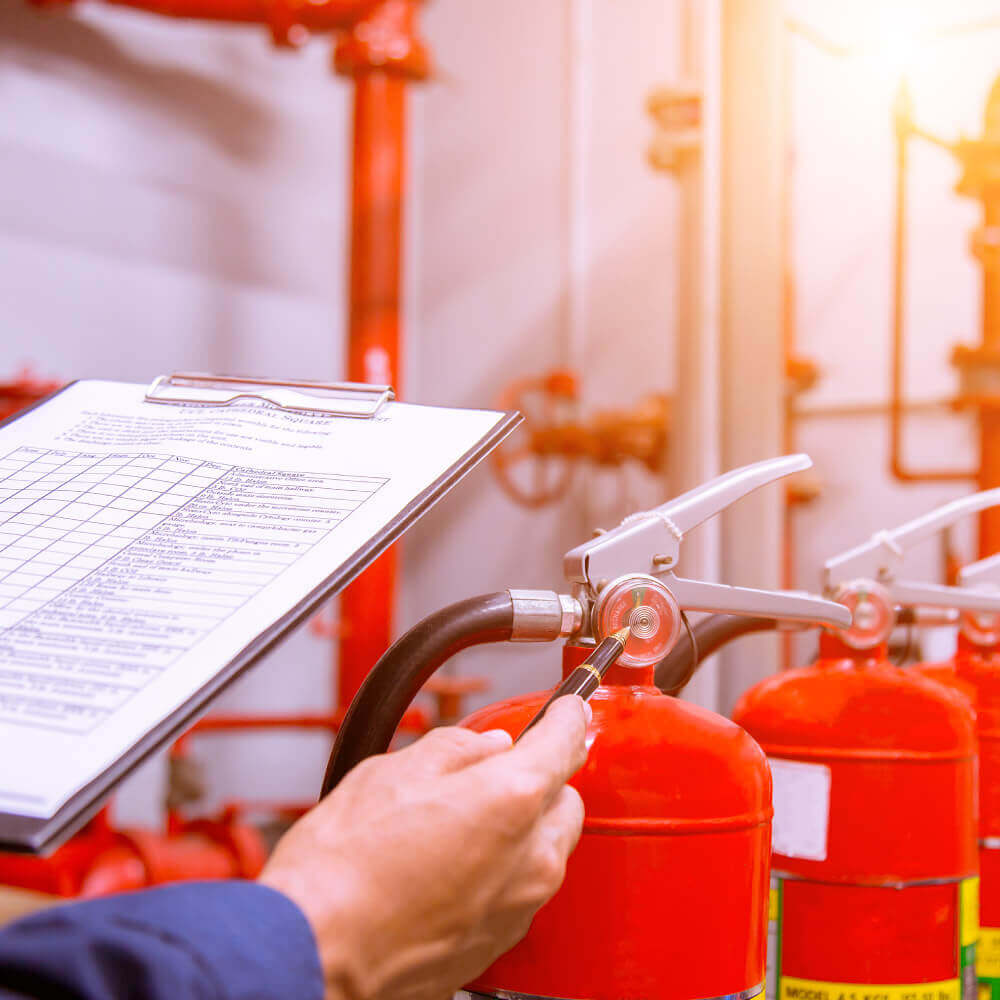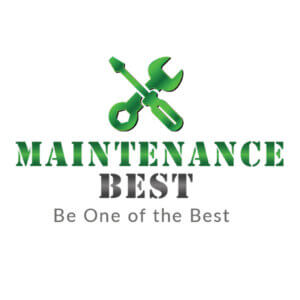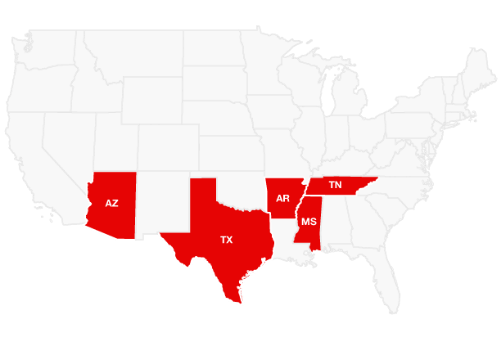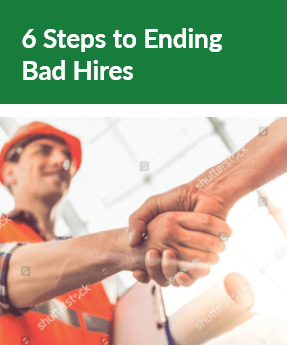
Fire Safety Training Class Description
Participants will begin by learning the basics of a fire, what fires need to survive, and the types of events that cause fires in the workplace. The next section of our Fire Safety Training class will cover how to respond to a fire, the appropriate way to extinguish a fire, and what to do in the event of a large fire. The third portion of our Fire Safety Training class will review general fire precautions, the different types of portable fire extinguishers, shop safety rules, and workplace best practices. The last section will explain the responsibilities of the employer and employees when it comes to fire safety, planning ahead for a workplace fire, and understanding how to react when the situation arises.
Why is this a required Maintenance Best Course?
If you find yourself faced with an unexpected fire emergency at your workplace, we want you to be prepared and ready to handle the situation. Understanding the correct ways to react when in a fire emergency will benefit yourself and your coworkers and is seen as a differentiator by employers. Employers prefer to hire those who are ready and able to properly react in the face of a fire emergency.

Who is the target audience for the Fire Safety Training Class?
he ideal participant for this course would be any individuals who are employed or seeking to be employed. This class is geared to improve the general public’s knowledge when it comes to fire safety in the workplace. This is a Maintenance Best required course.
Class Requirements:
- Must be registered with Maintenance Best
- Must be able to comprehend English
- Access to a Desktop or Mobile device with internet access
Course Includes:
- One On-Demand Class Video and supplemental material
- Lifetime access to course material
- Maintenance Best Certification
- Access on Desktop or Mobile Devices
Fire Safety Training Class - Course Curriculum
- Fire needs air, fuel, and heat
- Take away any of the three and fire cannot start or goes out
- There are four types of fuel
- Type A is wood, paper, cloth, rubber, trash, plastics
- Type B is flammable or combustible liquids, paint, gasoline, propane
- Type C is electrical, switches, power tools & boxes
- Type D is combustible metals
- The fires occur in the workplace as a result of carelessness, electrical, and equipment malfunction
- RACE – Rescue – Alarm – Contain – Extinguish (for small fires)
- Use appropriate fire extinguisher IF
- It is safe to do so, and IF
- You have been trained, and IF
- You have an exit at your back.
- For large fires, sound alarm, close doors, evacuate.
- There are fire extinguishers for each type of fire.
- Class A – water, carbon dioxide (CO2), Halon, or dry chemical (PKP) for Type A fuels
- Class B – PKP, CO2, Halon for Type B fuels
- Class C – PKP for Type C
- Class D – difficult to extinguish, evacuate and call the fire department
- Fire Extinguisher procedures – PASS –
- P – Pull the Pin
- A – Aim
- S – Squeeze
- S – Sweep
- Shop Safety Rules
- Workplace Checklist
- Employers must
- Must have a fire prevention plan
- Maintain escape routes
- Conduct risk assessments
- Have an evacuation plan
- Remove hazards
- Ensure signage
- Ensure alerting methods
- Employee responsibilities
- Know where the fire exits are
- Know where the firefighting equipment is
- Know where the fire alarms are
If you have questions about our training classes or about Maintenance Best, please feel free to reach out to us via our contact page.







